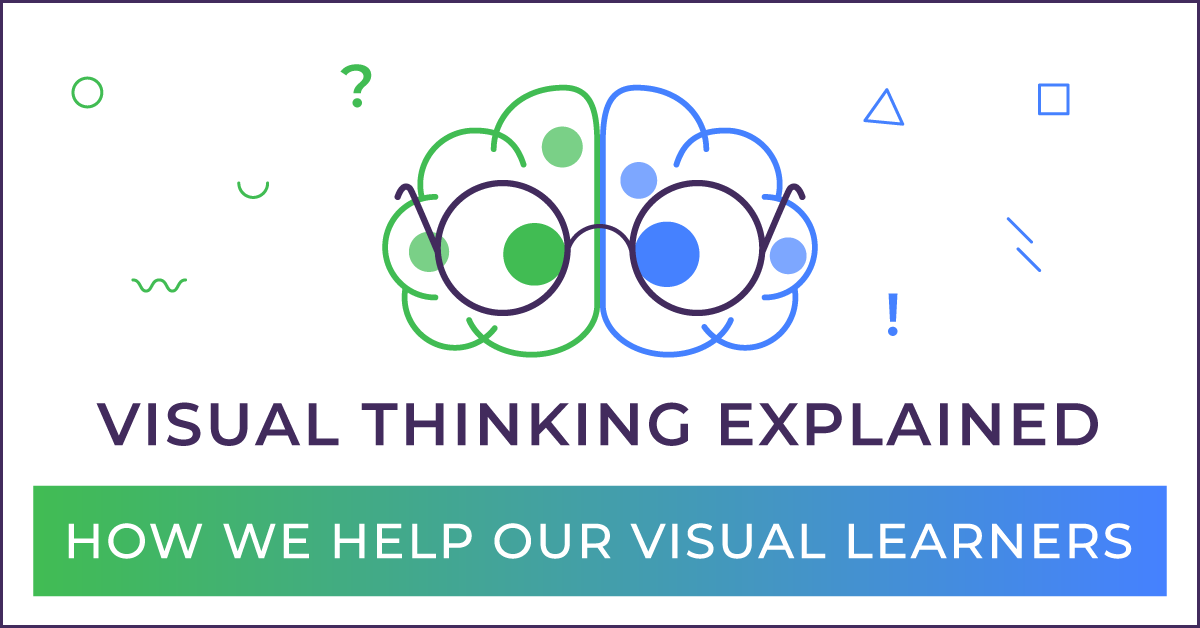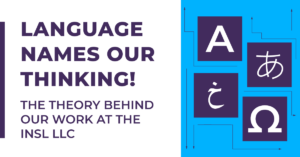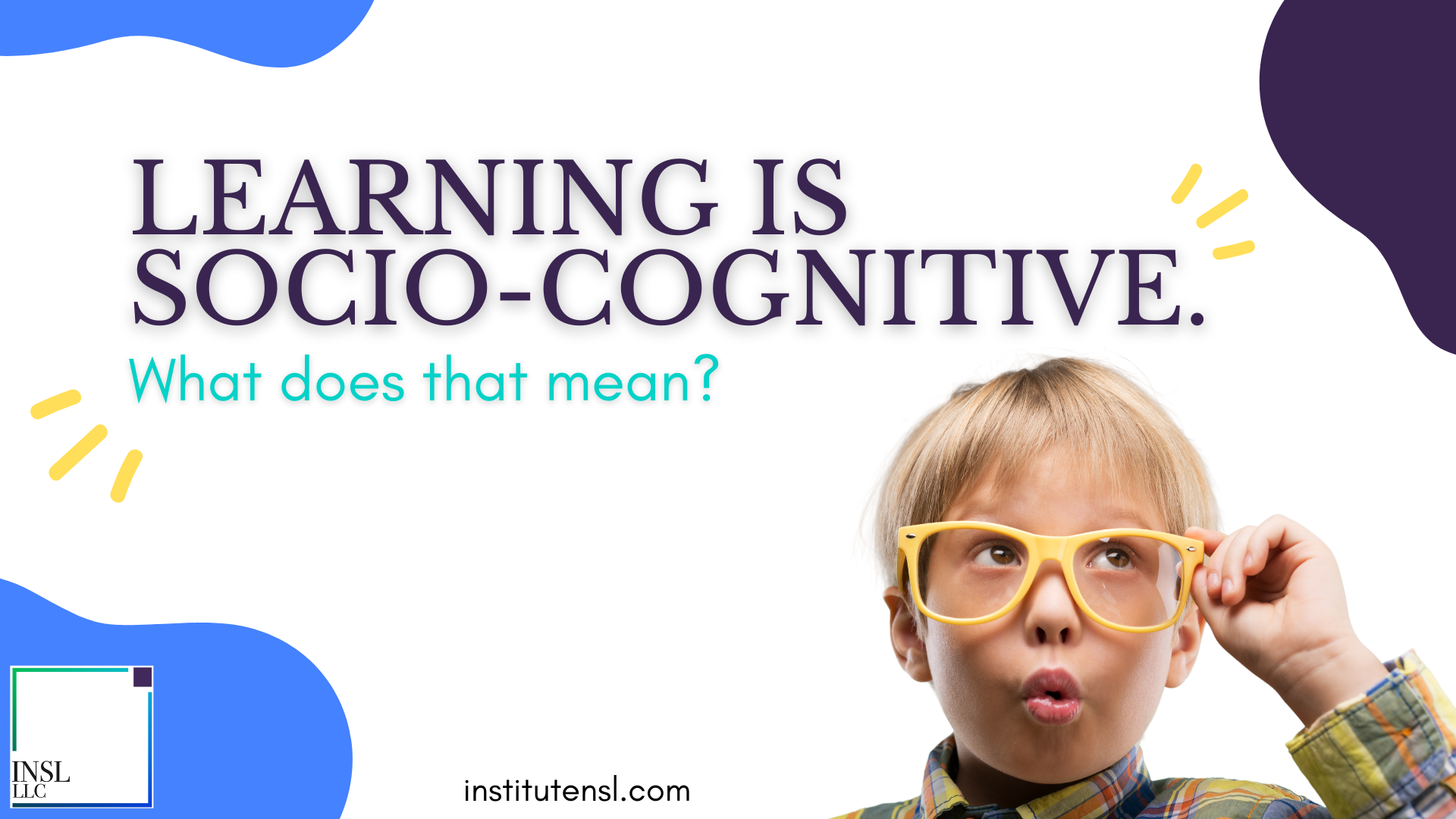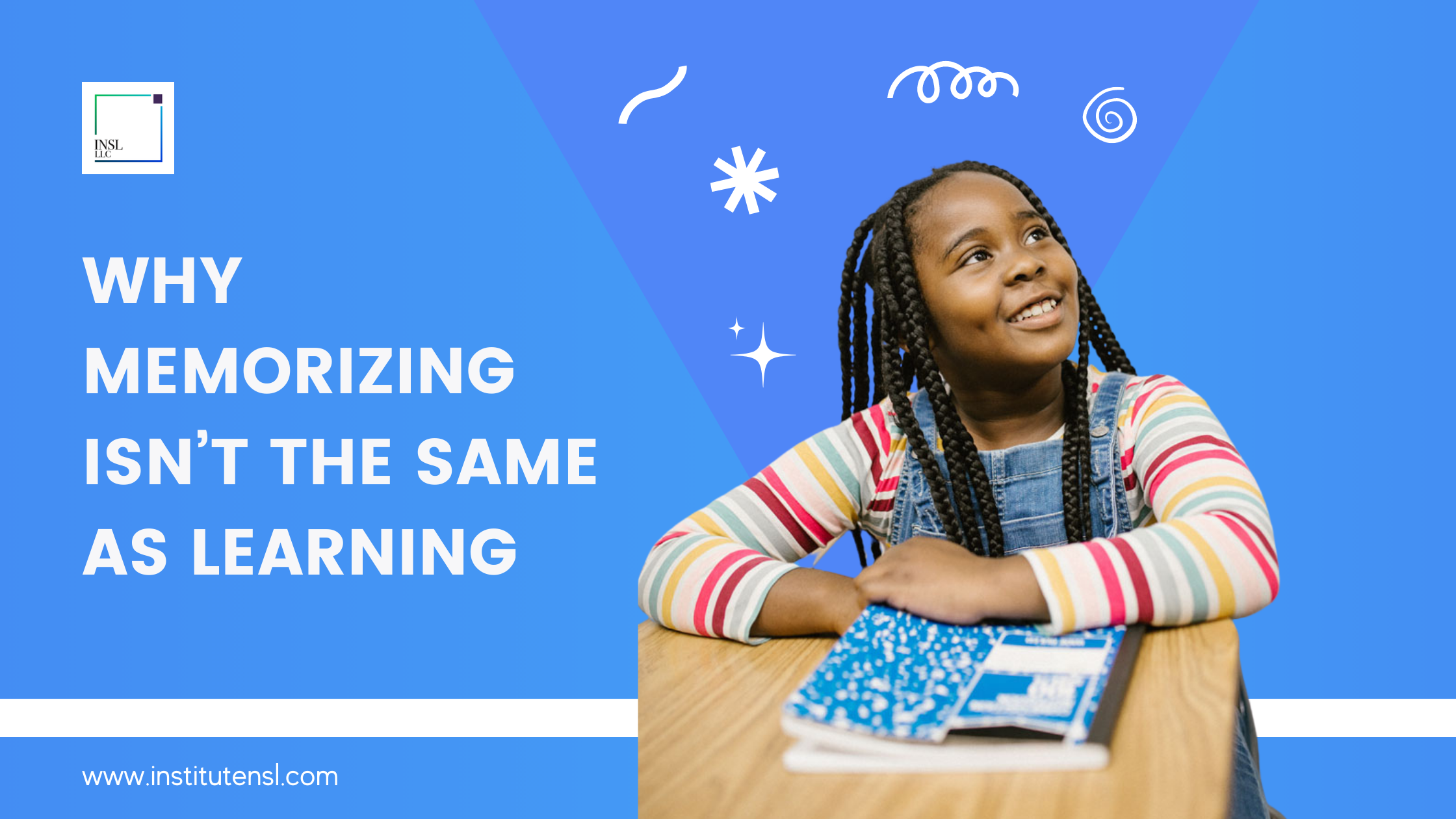
Visual thinking explained – how we help our visual learners
You have likely heard that some of us are auditory thinkers and some of us are visual thinkers. So, if you think that you learn by listening to someone talk, you must be an auditory thinker, right? Well actually, you are most likely using a visual learning system that translates acoustic input from your ears, which then gets processed in your brain as visual images, and ultimately creates concepts that you can describe with language. Neuroscientists now think that 95% of us use our visual learning systems to process sensory input to create mental images in our brains. Very few humans use auditory processing to learn, and those people don’t make pictures in their heads, but instead hear their own voices as they process information coming into their brains from their eyes and ears. So, if most of us think visually, schools should teach us in ways to support our visual learning systems, but unfortunately most don’t.
For most of us who use a visual learning system, schooling can be challenging if teachers don’t offer content that can be transferred to our brains in the way we learn. Many teachers only communicate instructions orally or offer content by speaking- and maybe you can follow some of what they say, but your brain must make mental pictures to truly understand what the teacher says. Pictures doesn’t mean pre-made visual charts or posters around the room. Those are made by someone else, so they mean less than those made by the learner themselves.
Most learners need multiple points of access to really understand what is being taught, and many need to use movement to access that information. This doesn’t mean jumping up and down helps, but instead movement access learners must create new content in their own brains. They do this by drawing and writing ideas with their own visuals, through the movement of their hand to create shapes which form meaningful ideas.
How does helping visual thinkers actually work at INSL LLC? Let’s ask Lou (CEO of the INSL LLC) who has been working with “Adam” for two years. Adam uses movement access to learn and has increased his thinking level through the methods Lou uses to help him connect to his learning system. Adam draws out his ideas after reading texts, and with Lou’s help, he labels his ideas on his own drawing and then writes his own sentences to match his drawing. Lou has seen incredible progress in Adam’s writing, as she explains, “When I first started working with Adam, he couldn’t read his writing and it didn’t make sense. Now he is writing remarkable sentences with high context and efficiency”. INSL LLC matches our methods to the way our learners think.









